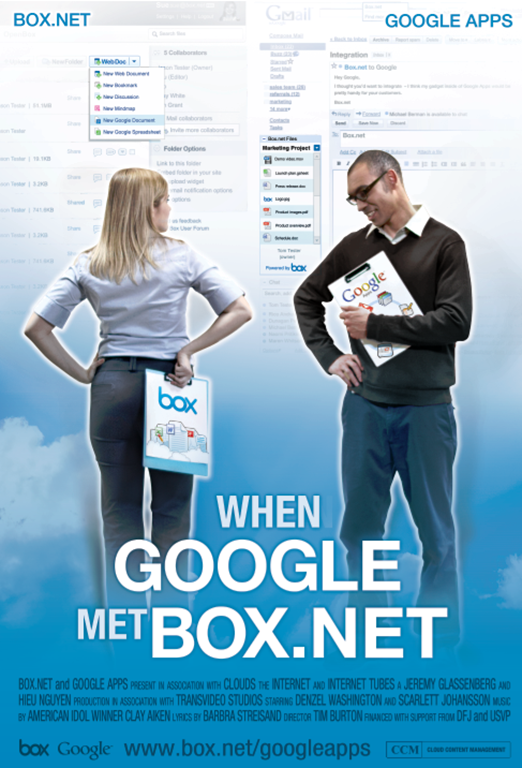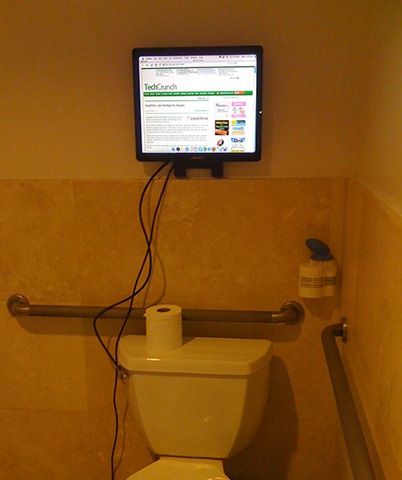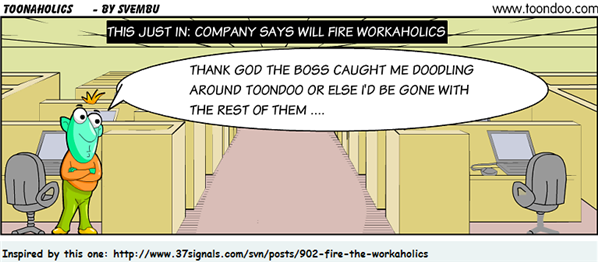 I envy software marketing types. They get to stay kids forever: pull pranks and even get paid for it.:-)
I envy software marketing types. They get to stay kids forever: pull pranks and even get paid for it.:-)
Today’s example comes courtesy of TechCrunch: PayPal competitor WePay dropped a 600lbs ice block at the entrance of the Paypal developer conference. They got chased away and Moscone security removed the ice block. My question: who gets the money? Those are real dollar bills in the ice…
But don’t for a minute think it’s only at startup-land where 20-somethings rule.. the enterprise gray-hairs like pranks, too. Below are some gems from the past.
NetSuite raining on Sage‘s parade conference:
NetSuite is quite a regular at competitor conferences, see their trucks at SAP’s annual SAPPHIRE conference:
(Cross-posted @ CloudAve » Zoli Erdos)







 )
)

 I don’t expect their 20th employee to be just as passionate as the Founders, but it can’t be a 9-5 type person either. At this stage they still need driven Team Members, not simply employees.
I don’t expect their 20th employee to be just as passionate as the Founders, but it can’t be a 9-5 type person either. At this stage they still need driven Team Members, not simply employees.

 I can’t help but wonder about the screen position though. For all I know, this is only for the guys’ entertainment, gals usually face the other way – is Box.net still an all-male team? And, without getting into the very material details, even we boys only perform one “operation” facing that way.., and that’s normally the quicker one. (?)
I can’t help but wonder about the screen position though. For all I know, this is only for the guys’ entertainment, gals usually face the other way – is Box.net still an all-male team? And, without getting into the very material details, even we boys only perform one “operation” facing that way.., and that’s normally the quicker one. (?)
 They’ve been
They’ve been  ). Today, in the age of better online collaboration (that you can NOT manage on paper) and ergonomic large screens,
). Today, in the age of better online collaboration (that you can NOT manage on paper) and ergonomic large screens,  I ‘m reading about two startups this morning and I can’t help but draw a comparison.
I ‘m reading about two startups this morning and I can’t help but draw a comparison.
 The other story is from
The other story is from 
 (Updated)
(Updated)
Recent Comments